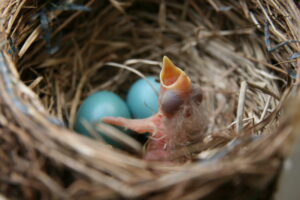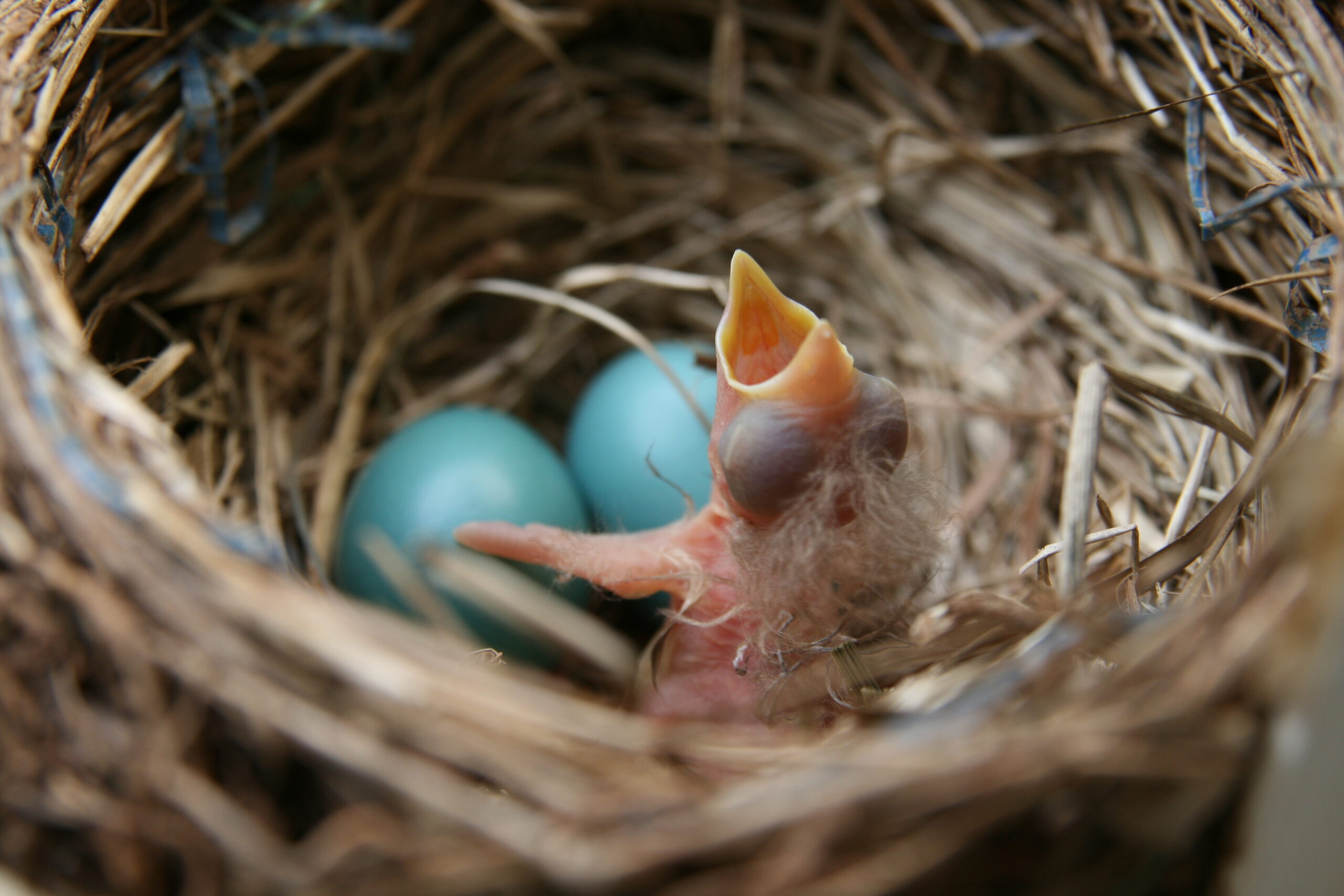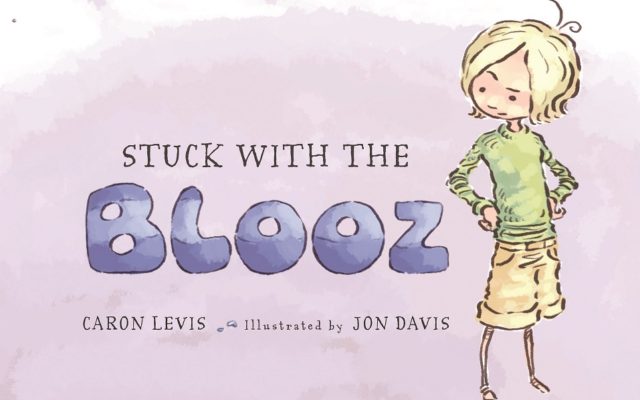In this lesson, T&W teaching artist Caron Levis teaches students about abstract and concrete concepts, and about poetry as a form of self-expression. Using the poetry of Emily Dickinson as a model, students explore the tangible and intangible aspects of their own lives, and then use what they’ve learned as a starting point to write their own poems.
Lesson Overview
Download: “I Shall Not Live In Vain”: Concrete Images to Express Abstract Concepts
Common Core State Standards:
(Refer to the Anchor Standards for Writing at English Language Arts > Writing > Grade 4 and English Language Arts > Writing > Grade 5)
- CCSS.ELA-LITERACY.W.4.3.C. / w.5.3.c.
Use a variety of transitional words and phrases to manage the sequence of events. - CCSS.ELA-LITERACY.W.4.3.D. / w.5.3.d.
Use concrete words and phrases and sensory details to convey experiences and events precisely.
Guiding Questions:
- What are images? Can words create images? Why do poets use images?
- What does it mean to “not live in vain”? What are some examples of how somebody might live their life in vain? How can one live a meaningful live? How can one person help the world?
- What does it mean if something is abstract? How can poetry help us understand abstract ideas? What are some abstract words/ideas?

LESSON
Warm Up:
Define the words “abstract” and “concrete” and then choose one of the following options for inviting students to create an image of an abstract idea.
- Kinesthetic Option: Brainstorm abstract ideas as a group and list them on the board. Ask students (working individually or in pairs) to choose one idea from the list and find a way to physicalize that abstract concept. Then, have students show their ideas to the full class and ask others to name the concept.
- Pair and Share Option: Have each pair of students pull an abstract concept from a bowl/hat, and then to list a dozen details that would prove the idea exists. Abstract concepts could include: kindness, respect, love, hate, etc. If the selected concept were “hate,” students might write “fighting on the playground,” or “screaming at each other.” Give students a few minutes to compile their lists, and then ask several pairs to share their ideas with the class.
Model/Mentor Text:
Distribute copies of Emily Dickinson’s “If I can stop one heart from breaking…” and then read it aloud to the class twice, or ask students to read the poem.
Discuss/define the word “vain” and the phrase “living in vain.” What does this mean? As a group, brainstorm and write down other ways to say the same thing. Discuss the progression of images in the poem from vague to specific. Which images are most powerful? How do they help students understand the poet’s meaning?
Writing Activity:
On board show template for student poems:
If I can______/
I (shall not live in vain)_______/
If I can___/ Or____/ Or_____/
I (shall not live in vain).
Show an example that you have written, or create a collaborative class poem incorporating suggestions from students. Then, give students five minutes to create their own versions of the poems. Tell them to make sure to title their poems.
Closing:
Have several students read their poems aloud and ask their classmates to listen for images in the poems. After each student reads, invite others to name the images they heard in the poem? Did what they heard match the author’s intention?
Materials:
- Copies of “If I can stop one heart from breaking…”
- A handout with definitions of “abstract, “concrete,” “vain,” and “in vain.”
- Model poem to write on chalkboard/SMART Board, or copies to hand out
- Poem template for students to fill in as they write their own poems
Vocabulary:
Vain, abstract, concrete
Multimodal Approaches to Learning:
This lesson engages students with several learning styles, including kinesthetic (engaging students with a physical warm up while introducing them to abstract concepts), interpersonal (working in pairs, creating a poem as a full group), aural (listening to Emily Dickinson’s poem read aloud), and intrapersonal (independent writing).
Caron Levis’ picture book, Stuck with the Blooz (Houghton Mifflin Harcourt 2012), was listed as one of Bank Street College’s Best Children’s Books of the Year. She teaches social/emotional, communication, and literacy skills through creative writing and drama to kids of all ages. She is a T&W teaching artist, and the advisor and adjunct faculty for the New School University’s Creative Writing for Children MFA program, where she earned her degree.



